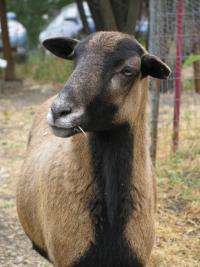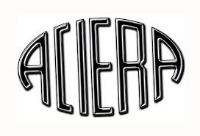Search Results (Searched for: )
- langdons

23 Nov 2025 16:28
Replied by langdons on topic Updating from LINUXCNC - 2.8.4-23, Mint 20.3 - gmoccapy lathe structure
Updating from LINUXCNC - 2.8.4-23, Mint 20.3 - gmoccapy lathe structure
Category: Gmoccapy
- unknown
- unknown
23 Nov 2025 16:22
Replied by unknown on topic Updating from LINUXCNC - 2.8.4-23, Mint 20.3 - gmoccapy lathe structure
Updating from LINUXCNC - 2.8.4-23, Mint 20.3 - gmoccapy lathe structure
Category: Gmoccapy
- onceloved

23 Nov 2025 16:11
Replied by onceloved on topic First Tests with ethercat
First Tests with ethercat
Category: EtherCAT
- NT4Boy
- NT4Boy
23 Nov 2025 16:02
Replied by NT4Boy on topic HURCO KMB-1 Control Update
HURCO KMB-1 Control Update
Category: Milling Machines
- PCW

23 Nov 2025 15:45
Replied by PCW on topic Chinese Mesa 7I92 from aliexpress NEW
Chinese Mesa 7I92 from aliexpress NEW
Category: Driver Boards
- kor
- kor
23 Nov 2025 15:36
- langdons

23 Nov 2025 15:34
Replied by langdons on topic Updating from LINUXCNC - 2.8.4-23, Mint 20.3 - gmoccapy lathe structure
Updating from LINUXCNC - 2.8.4-23, Mint 20.3 - gmoccapy lathe structure
Category: Gmoccapy
- andrax
- andrax
23 Nov 2025 14:32
- Aciera

23 Nov 2025 14:14 - 23 Nov 2025 14:35
Replied by Aciera on topic stacking mdi commands in 2.9.7
stacking mdi commands in 2.9.7
Category: AXIS
- Aciera

23 Nov 2025 14:07
Replied by Aciera on topic stacking mdi commands in 2.9.7
stacking mdi commands in 2.9.7
Category: AXIS
- Sekai
- Sekai
23 Nov 2025 13:18
Replied by Sekai on topic Chinese Mesa 7I92 from aliexpress NEW
Chinese Mesa 7I92 from aliexpress NEW
Category: Driver Boards
- abs32
- abs32
23 Nov 2025 12:53
Replied by abs32 on topic How to fix "Queue is not empty after probing"
How to fix "Queue is not empty after probing"
Category: General LinuxCNC Questions
- unknown
- unknown
23 Nov 2025 12:52
Replied by unknown on topic stacking mdi commands in 2.9.7
stacking mdi commands in 2.9.7
Category: AXIS
- Mr. Mass

23 Nov 2025 12:36
- rodw

23 Nov 2025 12:32
Time to create page: 0.207 seconds
